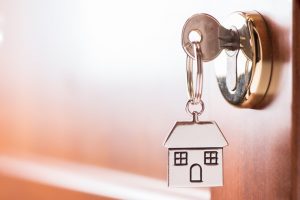Many seniors prefer to age in place, but living in a regular house might be uncomfortable and unsafe for them. So what are the things you can do to make your house more livable for elders? Here are some ways.
General mobility
One of the physical functions typically affected by aging is mobility. The elderly might struggle to move around if the layout and setup of their home is not made for people with mobility issues. Going through a door frame, for example, is challenging, especially for those who use crutches, walking frames or wheelchairs, so you should consider widening your doorways. Also, try to rearrange the layout to have more movement space.
Having mobility issues can also make it easy for older adults to trip and slip. Evaluate the current flooring of the home. Smooth floorings (like hardwood, tile, and vinyl) may be good for wheelchair maneuvering, but it can also be slippery without carpeting. If you are placing carpets on the floor or if the existing carpet is shaggy, consider getting new carpeting with a shorter nap since the elderly might be less likely to trip on it. It is also easier to navigate for those who use walkers and wheelchairs.
Going up and down the stairs would be an issue too, so you might want to install ramps even for steps and door frames. Make sure that they are not slippery. The stairs should also have ample handrails and each step should be visible.
Bathroom

Handrails are a huge help in all areas of the bathroom, whether in the bath, shower or by the toilet. If you want an extra safe bath, you may consider installing one of those tubs for elderly people. These bathtubs are usually walk-in tubs with seats, and are considerably easier to get in and out of. For seniors who use wheelchairs, you can get a roll-in shower and even further modify your shower by having a built-in seat.
Since the floor here can be very slippery, you should take slip-prevention measures. Place non-skid bath mats or non-slip strips in the shower and bath. If you are going for bath mats, you should secure them with non-slip rug tape.
Bedroom
Age also changes sleeping patterns. For elders who have difficulty getting in and out of bed, consider installing bed rails that are versatile and stable. A regular alarm clock, a knock on the door, or calling out their name may not wake up seniors who are heavy sleepers or have hearing problems. To make sure that they wake up on time, there are alarm clocks available that feature flashing lights and bed shakers as well.
Whether you are accommodating an elderly loved one at home or are an elder seeking to independently age in place yourself, the most ideal course of action when modifying your house for senior living is to take note of the areas that can be the most problematic. Aside from addressing the things that are particularly difficult for the elderly, you should also mind the hazards. Be proactive when modifying your home to make sure that aging residents are comfortable and safe.






